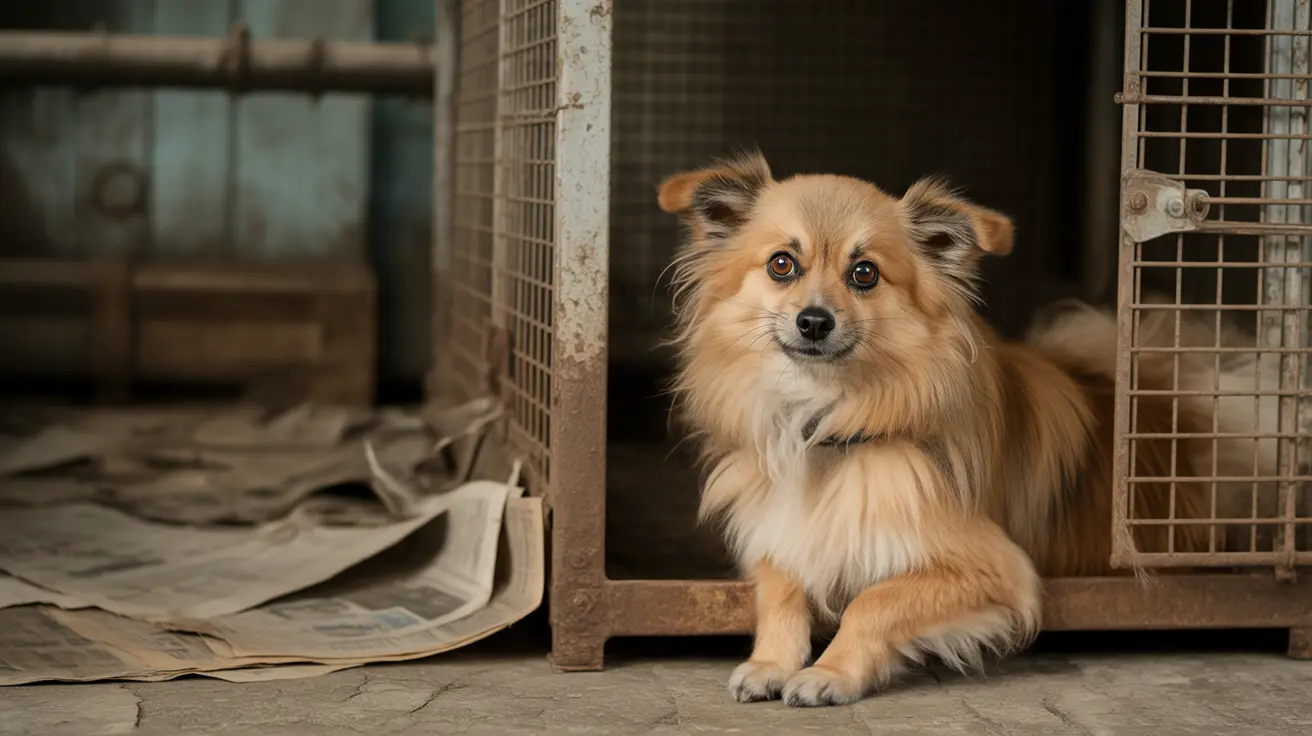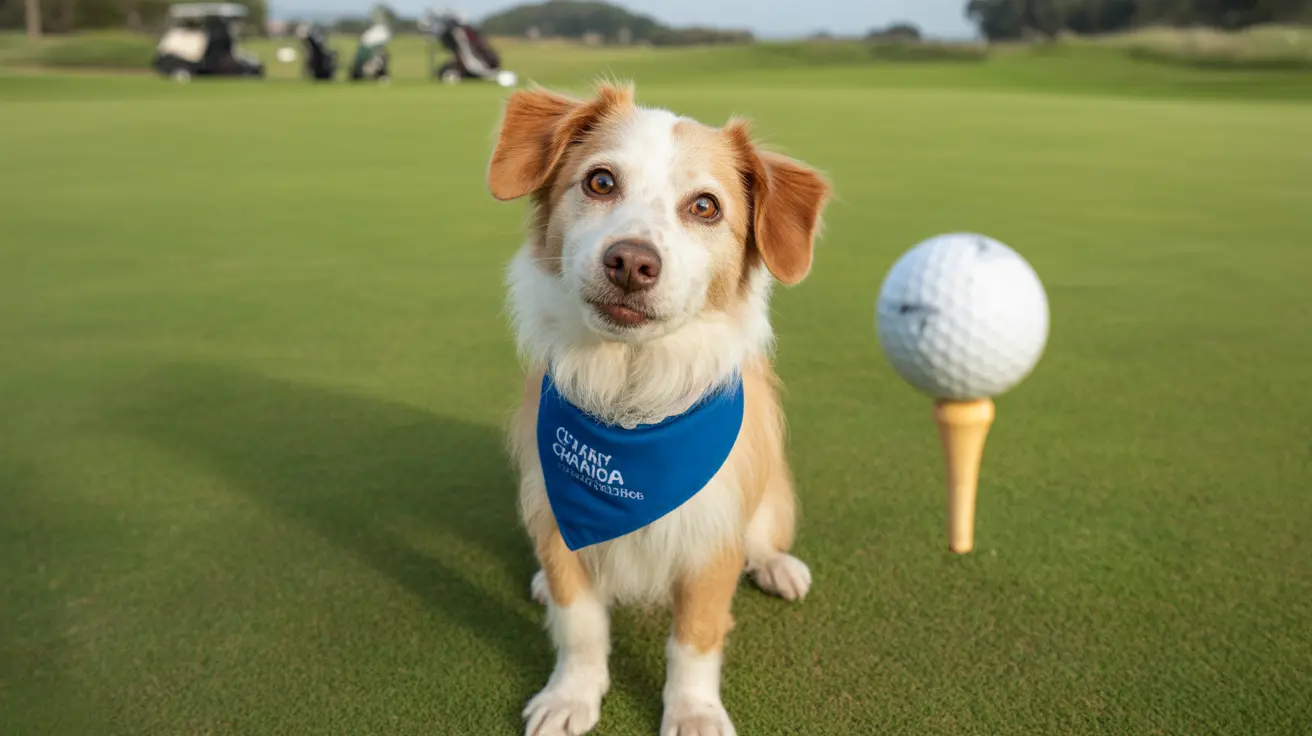Understanding Actinomyces Infections in Dogs
Actinomyces infections in dogs represent a serious bacterial condition that can affect various parts of your pet's body. While these bacteria naturally exist in your dog's mouth and respiratory tract, they can cause severe problems when they penetrate deeper tissues through wounds or foreign objects.
Understanding this condition is crucial for early detection and successful treatment. When these bacteria enter deeper tissues, they can create abscesses, cause tissue inflammation, and potentially lead to systemic infections that affect multiple organs.
Common Causes and Risk Factors
The primary cause of actinomyces infections in dogs is the introduction of bacteria into deeper tissues through traumatic injuries. Common scenarios include:
- Fighting wounds
- Penetrating injuries from sticks or other sharp objects
- Foxtail grass awns, which are particularly dangerous
- Dental injuries or oral trauma
Dogs who frequently roam outdoors or regularly chew on sticks and bones face a higher risk of developing these infections. The bacteria itself is normally harmless until a traumatic event allows it to enter deeper tissue layers.
Recognizing the Signs and Symptoms
Early detection of actinomyces infections can significantly improve treatment outcomes. Watch for these common symptoms:
- Swelling around the face, neck, or chest
- Draining wounds that won't heal
- Difficulty breathing or swallowing
- Loose teeth or problems eating
- Lethargy and fever
- Persistent coughing or respiratory issues
Diagnosis and Treatment Approaches
Veterinarians diagnose actinomyces infections through a combination of physical examination, imaging studies, and laboratory tests. X-rays or ultrasounds may be necessary to determine the extent of infection, while tissue samples and cultures confirm the presence of Actinomyces bacteria.
Treatment typically involves a multi-faceted approach:
- Long-term antibiotic therapy (often lasting several months)
- Surgical removal of infected tissue when necessary
- Drainage of abscesses
- Regular monitoring and follow-up care
Prevention and Management
While completely preventing actinomyces infections isn't always possible, several steps can reduce your dog's risk:
- Promptly treating any wounds or injuries
- Avoiding areas with foxtail grass
- Regular dental check-ups and oral care
- Supervising outdoor activities to prevent injury
- Limiting access to sharp objects or potentially dangerous items
Frequently Asked Questions
What are the common causes of actinomycosis in dogs, and how can it be prevented?
Actinomycosis in dogs is commonly caused by bacteria entering through wounds, especially from foxtail grass, fighting, or sharp objects. Prevention includes avoiding areas with foxtail grass, prompt wound treatment, and regular veterinary check-ups.
How is actinomycosis in dogs typically diagnosed, and what tests are used?
Diagnosis involves physical examination, blood tests, imaging (X-rays or ultrasound), and potentially tissue cultures or biopsies. These tests help determine the extent of infection and guide treatment plans.
What are the most effective treatments for actinomycosis in dogs, and why is surgery often necessary?
The most effective treatment combines long-term antibiotics (usually penicillin-based) with surgical intervention. Surgery is often necessary to remove infected tissue, drain abscesses, and ensure proper healing.
What are the symptoms of actinomycosis in dogs to look out for, especially in cases involving foxtail grass?
Key symptoms include swelling, draining wounds, difficulty breathing or eating, and fever. In cases involving foxtail grass, watch for sudden swelling or drainage around the entry point, typically in the face, neck, or chest area.
How long does it typically take to treat actinomycosis in dogs, and what are the chances of a successful recovery?
Treatment typically lasts several months, even after symptoms improve. With aggressive treatment, success rates can reach 90%, though there's a 40% chance of relapse if treatment isn't completed fully.
Conclusion
Actinomyces infections in dogs require prompt attention and thorough treatment for the best outcomes. While these infections can be serious, understanding the signs and seeking immediate veterinary care can lead to successful treatment and recovery. Regular preventive care and awareness of environmental risks can help protect your dog from this challenging condition.






